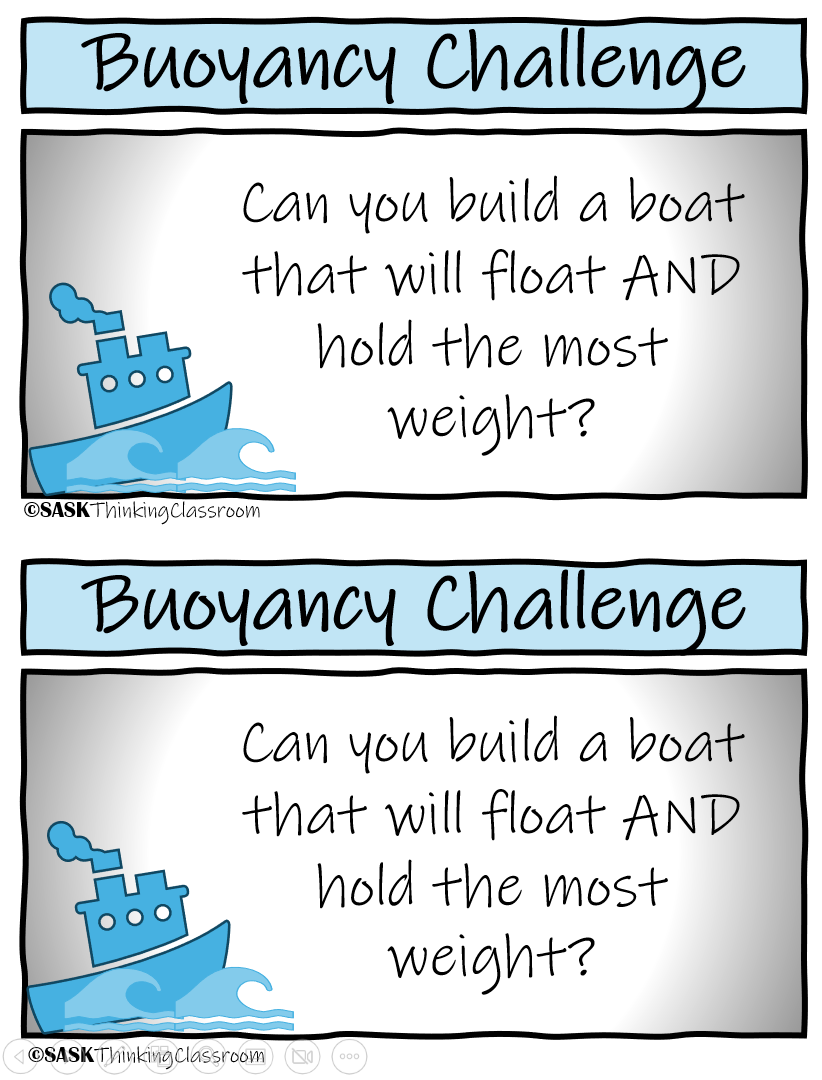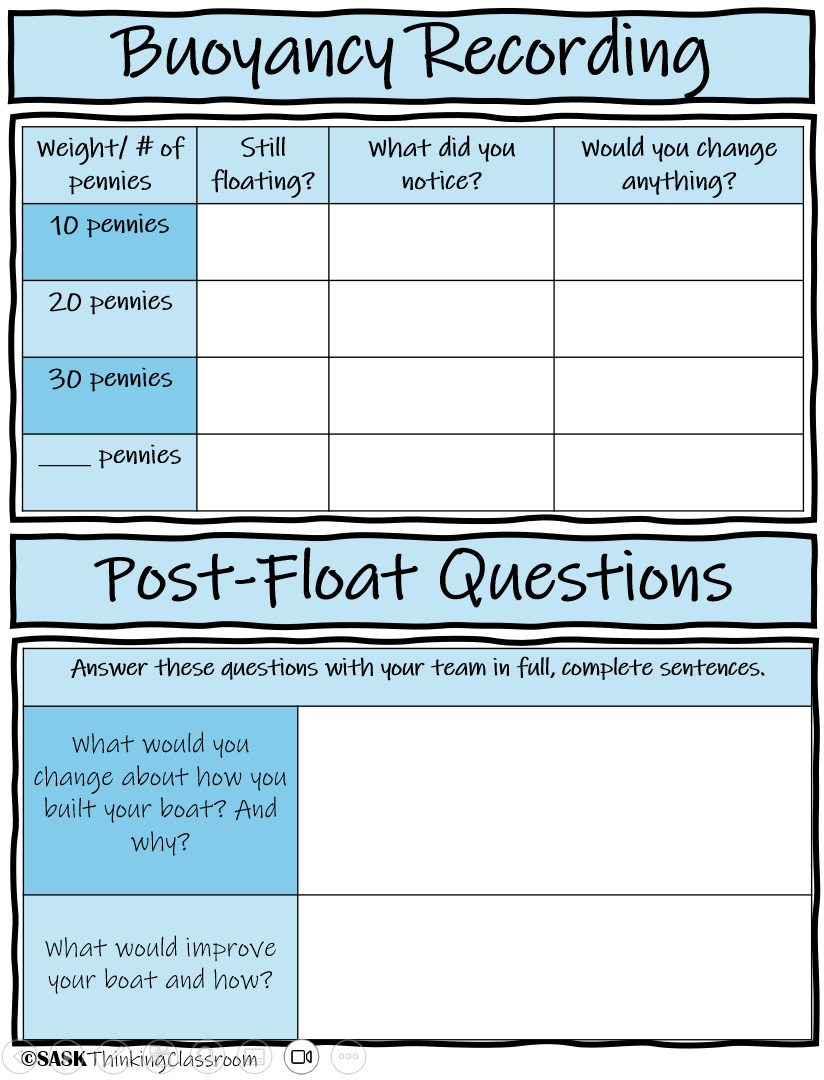Buoyancy Boat: A Dive into the Magic of Floating - A STEM Activity
Teaching STEM concepts can sometimes be a challenge, but it doesn't have to be boring! In this hands-on learning article, we will show you how to teach buoyancy in a fun and engaging way with a boat STEM activity plan. By incorporating interactive experiments and games, students will not only understand the concept of buoyancy but also have a blast while doing it!
Using readily available materials such as tinfoil, paper, and tape students will explore the principles of buoyancy by designing and building their own boats. They will learn how the weight and shape of an object affect its ability to float.
Through this boat STEM activity, students will develop critical thinking, problem-solving, and teamwork skills. They will also gain a deeper understanding of science principles and how they apply to real-life situations.
Get ready to set sail on a fun-filled educational adventure as we dive into the world of buoyancy with this exciting boat STEM activity!
Understanding the concept of buoyancy
Buoyancy is a fundamental concept in physics and refers to the upward force that a fluid exerts on an object submerged in it. It is what allows objects to float or sink in a liquid. Understanding buoyancy is crucial in various fields, including engineering, marine biology, and even everyday activities such as swimming or taking a bath.
To introduce the concept of buoyancy to students, it is essential to explain Archimedes' principle. According to this principle, the buoyant force acting on an object is equal to the weight of the fluid displaced by the object. In simpler terms, if an object is denser than the fluid it is placed in, it will sink. If it is less dense, it will float.
The science behind buoyancy - Archimedes' principle
Archimedes' principle is named after the Greek mathematician and inventor Archimedes, who discovered it in ancient times. This principle forms the basis for understanding buoyancy and is an essential concept in fluid mechanics.
When an object is submerged in a fluid, it experiences an upward force equal to the weight of the fluid it displaces. This force, known as the buoyant force, acts in the opposite direction to gravity. If the buoyant force is greater than or equal to the object's weight, the object will float. If the buoyant force is less than the object's weight, it will sink.
This principle can be demonstrated through various experiments and activities, such as the boat STEM activity we will explore later in this article. By understanding Archimedes' principle, students will be able to grasp the underlying science behind buoyancy and apply it to different scenarios.
Conclusion and the value of hands-on learning in STEM education
In conclusion, teaching buoyancy through hands-on learning activities, such as the boat STEM activity plan, offers numerous benefits. It allows students to actively engage with the material, fostering a deeper understanding of the concept. Through designing, building, and testing their own boats, students develop critical thinking, problem-solving, and teamwork skills. They also gain a practical understanding of how science principles apply to real-life situations.
Hands-on activities like this boat STEM activity make STEM education more enjoyable and accessible to students of all ages. By combining interactive experiments and games, educators can create a dynamic learning environment that sparks curiosity and enthusiasm. So, set sail on this exciting educational adventure and watch your students' understanding of buoyancy soar to new heights!
Remember, learning doesn't have to be boring when you embrace the power of hands-on learning in STEM education.



